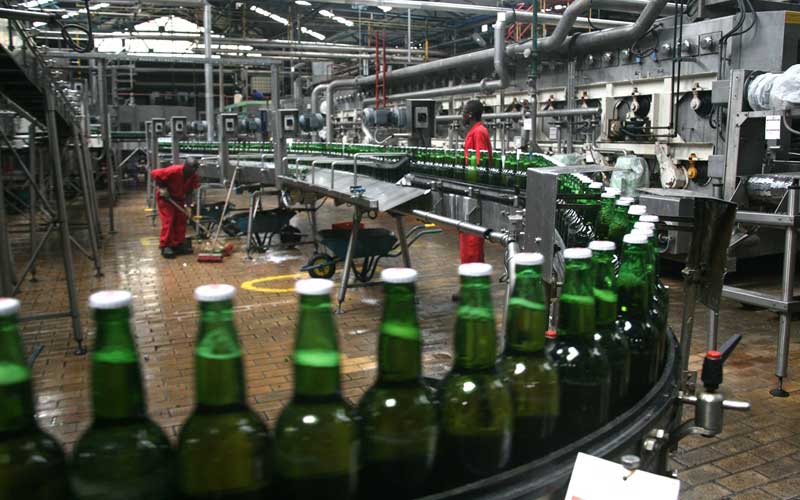Despite a slower rout in Zambian Kwacha currently trading north of 21 for a unit of Dollar, the recent South African Rand rally against the greenback is weighing input costs. The copper producer continues to bear the brunt of higher energy costs as fuel prices and power bottlenecks.
November headline readings of 49.3 was 0.4 points higher than Octobers 48.9 constrained by Kwacha depreciation sending selling prices higher as manufacturers passed on higher inout costs to consumers. Zambia has been in contraction (<50) for 22 months now which resonates with the feeble growth prospects. According to a Markit Economics report, supplier lead times were observed by key manufacturers signaling COVID effects on clearing at borders while cost management was a key hurdle from a weak Kwacha and stronger Rand.

Read also: Currency induced input inflation to weigh Zambia’s November Business Pulse

Thirty three percent of Zambia’s import basket comprises South African goods which have fueled import inflation pressure weighing private sector pulse to some extent.

With international crude prices flirting with new highs of $50 per barrel for Brent after the OPEC+ comprised on supply cuts, Zambia’s energy environment outlook remains more bearish and could weigh business fabric further.
Read also: Crude price ‘bulls’ and Kwacha ‘bears’ could force Zambia’s Energy Regulator to hike pump prices
Currency scarcity remains another threat to input inflation which the copper producers central bank could be looking to curb in its monetary policy. Electricity tariffs remain elevated while power rationing has become the new normal as the market awaits results of a cost of service study committed for 4Q20. This could be Zambia’s stepping stone to energy tariff optimization and cost reflectivity to help save the national power utility that struggles with negative jaws currency.
The Kwacha Arbitrageur

